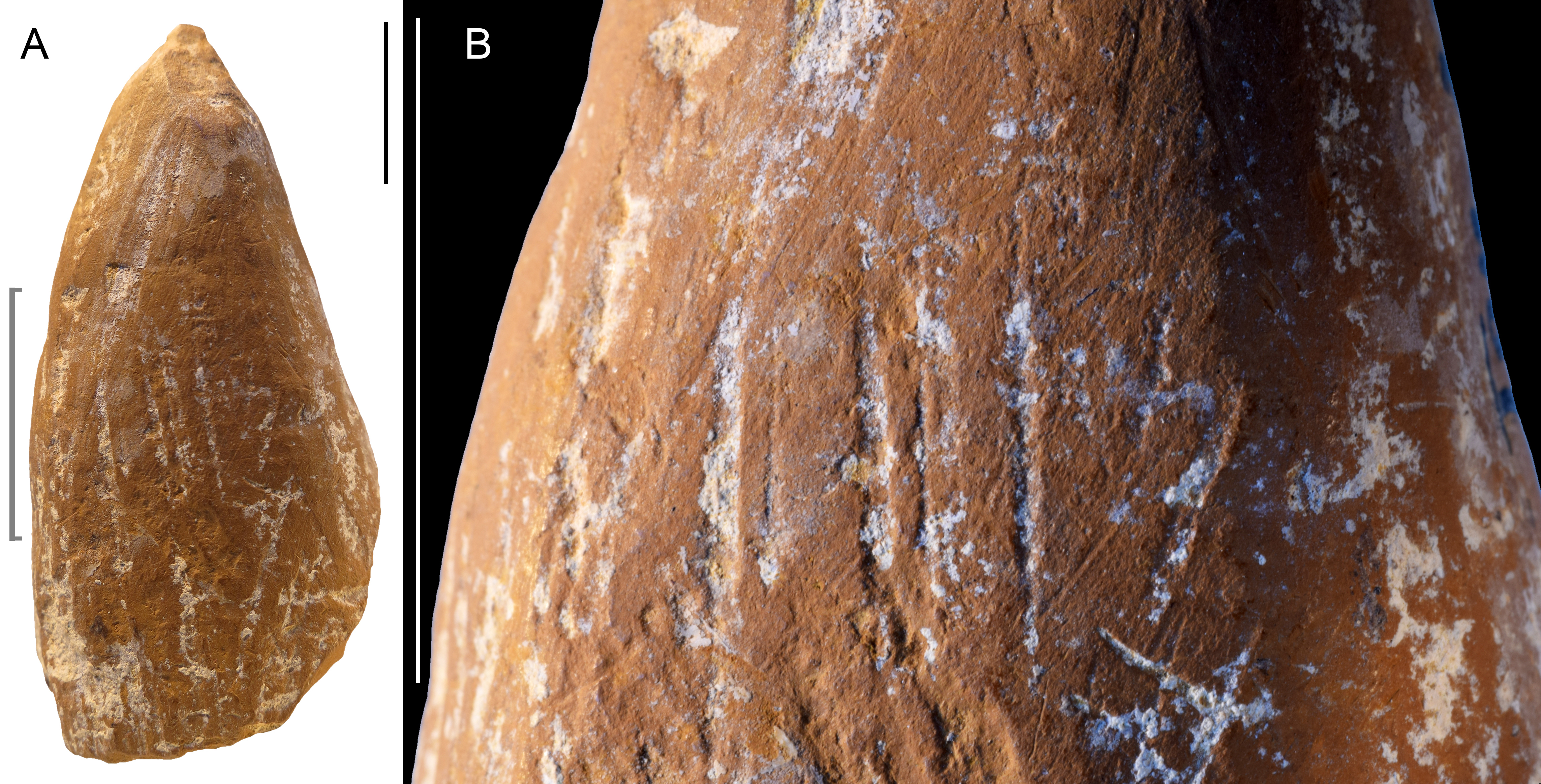Common Brain Tumor More Likely in Obese People

Being obese may raise your risk of developing a type of brain tumor called a meningioma by more than 50 percent, according to a new study.
The scientists said their study, a meta-analysis of 13 previous studies that included more than 6,000 people with brain tumors, does not prove that obesity causes brain tumors. But they say they have uncovered a striking correlation between an increased risk of brain tumor and body mass index.
Overweight patients were 21 percent more likely to develop a meningioma tumor compared with normal-weight individuals, but obese patients were 54 percent more likely to develop one, researchers reported today (Sept. 16) in the journal Neurology.
The study looked at the two most common types of brain tumors, meningiomas and gliomas, which together account for about 70 percent of cases among the 120 known types of brain tumors. Meningiomas arise from the tissues that cover the brain and spinal cord, called the meninges. Gliomas arise from cells in the brain and nervous system called glial cells, which are not neurons, but provide support and protection for neurons.
The scientists found an association between body mass index and meningiomas, but not gliomas. [Top 10 Cancer-Fighting Foods]
Fortunately, doctors are able to treat meningiomas successfully; the five-year survival rate is about 65 percent, the researchers said. In contrast, gliomas tend to be more aggressive. The five-year survival rate is about 10 percent, according to the American Brain Tumor Association. Brain tumors in general are relatively rare in the world of cancer, affecting only about 20 per 100,000 people.
Why obesity may be associated with meningiomas but not gliomas is not clear, said Gundula Behrens, a researcher at the University of Regensburg in Regensburg, Germany and a co-leader of the study.
Get the world’s most fascinating discoveries delivered straight to your inbox.
"There are several biological mechanisms potentially linking obesity to cancer risk, including increased levels of estrogen, insulin and pro-inflammatory cytokines," which are proteins involved in controlling the immune system, Behrens told Live Science. "However, not all cancers appear to be related to obesity, suggesting that the strengths of those links vary" by the type of tissue it arises in, and the site of the cancer.
The researchers also found that exercise was associated with a decreased risk of meningioma. People who engaged in the greatest amount of physical activity were 27 percent less likely to have a meningioma than those who did the least amount of activity, independent of whether they were obese.
These findings are "important … since there are few known risk factors for meningioma, and the ones we do know about are not things a person can change," Behrens said. Those other primary risk factors include advanced age and being female. Women are twice as likely as men to develop a meningioma.
Follow Christopher Wanjek @wanjek for daily tweets on health and science with a humorous edge. Wanjek is the author of "Food at Work" and "Bad Medicine." His column, Bad Medicine, appears regularly on Live Science.

Christopher Wanjek is a Live Science contributor and a health and science writer. He is the author of three science books: Spacefarers (2020), Food at Work (2005) and Bad Medicine (2003). His "Food at Work" book and project, concerning workers' health, safety and productivity, was commissioned by the U.N.'s International Labor Organization. For Live Science, Christopher covers public health, nutrition and biology, and he has written extensively for The Washington Post and Sky & Telescope among others, as well as for the NASA Goddard Space Flight Center, where he was a senior writer. Christopher holds a Master of Health degree from Harvard School of Public Health and a degree in journalism from Temple University.
